Terpenes: The Essential Oils of Cannabis
Terpenes are a diverse class of organic compounds found in various plants, including medical cannabis. They are responsible for the unique scents and flavors we associate with different flowers, herbs, and fruits. Terpenes are all around us, from the refreshing aroma when we zest a lemon to the enticing fragrance of herbs in a jar. In fact, terpenes are present in everyday experiences, like stopping to smell the roses.
Beyond their aromatic qualities, terpenes have the remarkable ability to enhance our sensory experiences. Whether inhaled, applied to the skin, or consumed, they greatly influence flavors and aromas. When we interact with terpenes, they can enhance our overall experience, making it more enjoyable and engaging.
A Deeper Understanding of Terpenes
To delve deeper, terpenes are hydrocarbons found in nature’s essential oils. With over 20,000 known terpenes, they are produced by plants, animals, microbes, and fungi to serve vital biological functions. These compounds act as vitamins, hormones, pheromones, and even contribute to the immune system.
In the realm of medical cannabis, terpenes play a significant role. They can be thought of as building blocks created by the cannabis plant. These building blocks, along with other aromatic compounds, combine in countless ways to form complex essential oils found in different cannabis strains. For instance, strains may exhibit terpene profiles with lavender-like, rose-like, or sandalwood-like aromas.
By understanding terpenes, we gain insight into the therapeutic potential of medical cannabis and the possibilities for developing tailored treatments
Terpenes not only provide distinct scents but also influence the way we perceive taste, smell, and even how we feel when consuming cannabis. This is due to their synergistic interaction with other botanical compounds and human hormones, giving rise to what is known as the “entourage effect.” The entourage effect refers to the magnification of the plant’s individual components’ benefits when terpenes and other compounds work together harmoniously.
Understanding terpenes in medical cannabis goes beyond appreciating their aromatic qualities. It opens the door to exploring how different terpene profiles may contribute to the diverse therapeutic potential of cannabis. While ongoing research aims to unravel the precise mechanisms and effects of terpenes, harnessing their power could lead to the development of targeted medical cannabis products tailored to specific conditions and individual needs.
In summary, terpenes are organic compounds that provide the distinctive scents and flavors found in plants, including medical cannabis. They go beyond aromatics, enhancing our sensory experiences and greatly influencing flavors and aromas. In medical cannabis, terpenes play a vital role in the entourage effect, which magnifies the benefits of the plant’s components. By understanding terpenes, we gain insight into the therapeutic potential of medical cannabis and the possibilities for developing tailored treatments.
Here are some fun facts about terpenes:
- Terpenes are found in many different plants, not just cannabis.
- Terpenes are responsible for the distinctive aromas of many fruits, vegetables, and herbs.
- Terpenes have been shown to have a variety of therapeutic benefits, including pain relief, anxiety relief, and inflammation reduction.
- The entourage effect is the synergistic interaction of terpenes and other compounds in cannabis, which can lead to enhanced therapeutic effects.
There are several factors that affect the terpene profile of cannabis, including genetics, environment, nutrition, harvesting time, and post-harvest handling.
Genetics
- The genetics of the cannabis plant are the most important factor determining the terpene profile of the bud. Different strains of cannabis have different terpene profiles, so it is important to choose a strain that has the terpenes you are looking for.
- For example, the strain Sour Diesel is known for its high limonene content, which gives it a citrusy aroma. The strain Granddaddy Purple is known for its high myrcene content, which gives it a musky aroma.

Environment
- The environment in which the cannabis plant is grown can also affect the terpene profile of the bud. Factors such as light, temperature, and humidity can all affect the terpene content of the bud.
- For example, cooler temperatures tend to promote certain terpenes, while higher temperatures can result in different profiles. Outdoor cultivation in different regions introduces variations due to diverse climates and conditions.
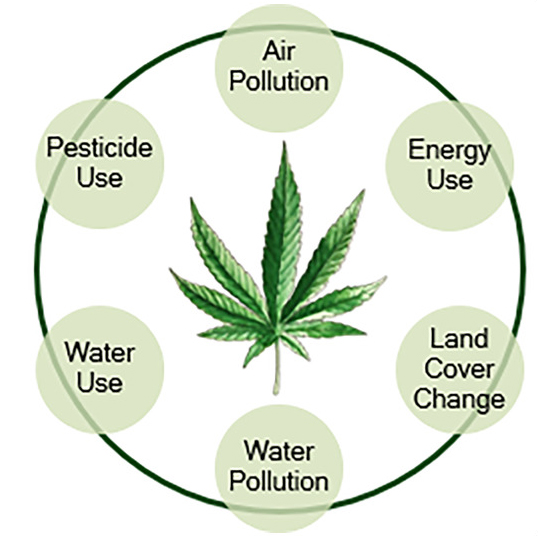
Nutrition
- The nutrition of the cannabis plant can also affect the terpene profile of the bud. Plants that are fed a balanced diet of nutrients are more likely to produce a high-terpene bud.
- Well-balanced nutrient regimens promote optimal terpene synthesis. Nutrient deficiencies or imbalances can negatively impact terpene production. Organic cultivation practices and soil health enhance terpene expression.
Harvesting time
- The harvesting time of the cannabis plant can also affect the terpene profile of the bud. Terpenes are more abundant in the early stages of flowering, so harvesting the plant at the right time can help to preserve the terpene content of the bud.
Post-Harvest Handling
- Proper drying and curing techniques allow terpenes to develop and mature fully. Slow drying and curing processes result in more pronounced aroma and flavor. Improper methods can lead to terpene degradation or loss, impacting quality.
Other factors to consider when it comes to the terpene profile of cannabis bud. These include:
Water quality
- The quality of the water used to irrigate the plants can also affect the terpene profile of the bud. Hard water, which contains high levels of minerals, can bind to terpenes, and prevent them from being produced.
Light spectrum
- The type of light used to grow the plants can also affect the terpene profile of the bud. For example, plants grown under blue light tend to produce more myrcene, while plants grown under red light tend to produce more caryophyllene.
Harvesting method:
- The method used to harvest the plants can also affect the terpene profile of the bud. For example, plants that are harvested using a wet trimming method tend to have a higher terpene content than plants that are harvested using a dry trimming method.
Storage conditions:
- The way that the bud is stored after harvest can also affect the terpene profile. For example, bud that is stored in a cool, dark place will retain its terpene content better than bud that is stored in a warm, humid place.
These are just a few of the factors that can affect the terpene profile of cannabis bud. By understanding and optimizing these factors, cultivators and breeders can achieve desired terpene profiles, creating aromatic and unique cannabis strains with specific therapeutic qualities.
It is important to note that the terpene profile of a cannabis bud can vary even within the same strain. This is because the factors listed above can all affect the terpene content of the bud.
Here are some additional tips for cultivating cannabis buds with high terpene content:
- Choose a strain that is known for its terpene profile.
- Grow the plant in a controlled environment with optimal light, temperature, and humidity levels.
- Feed the plant a balanced diet of nutrients.
- Harvest the plant at the right time.
- Store the bud properly to preserve the terpene content.
Some of the most common terpenes found in cannabis, along with their potential benefits:
Myrcene: This is the most abundant terpene in cannabis, and it is known for its relaxing and sedative effects. It is also found in other plants, such as hops and lemongrass.
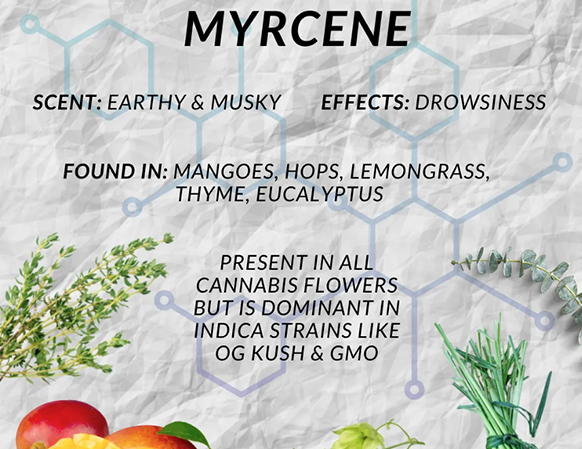
Limonene: This terpene has a citrusy aroma and is known for its uplifting and energizing effects. It is also found in other plants, such as lemons and oranges.

Pinene: This terpene has a piney aroma and is known for its stimulating and cognitive-enhancing effects. It is also found in other plants, such as pine needles and rosemary.
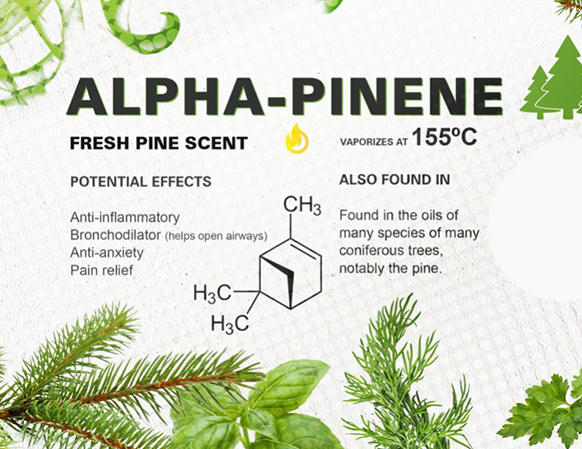
Linalool: This terpene has a floral aroma and is known for its relaxing and sedative effects. It is also found in other plants, such as lavender and chamomile.
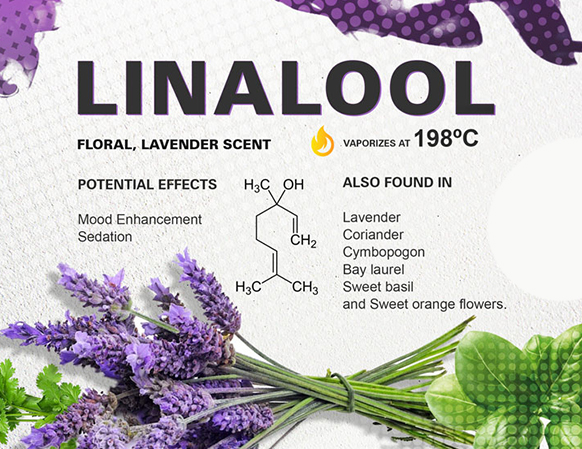
Terpinolene: This terpene has a woodsy aroma and is known for its uplifting and energizing effects. It is also found in other plants, such as bay leaves and apples.
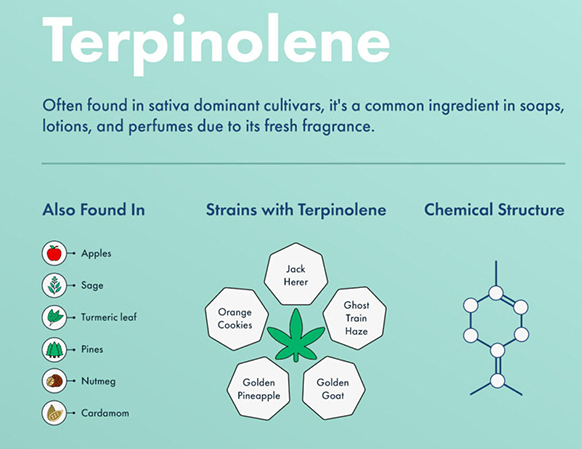
Why is a high terpene profile of over 2% favoured by buyers and consumers?
A high terpene profile is favoured in medical cannabis because it is believed to enhance the entourage effect. This means that the different terpenes in the plant work together to create a more powerful and beneficial effect than any one terpene could on its own.
In addition, terpenes can also interact with other cannabinoids in the plant, such as THC and CBD. This interaction can further enhance the therapeutic effects of the cannabis.
For example, myrcene is known to increase the bioavailability of THC, meaning that more THC is absorbed into the bloodstream. This can lead to a more potent and longer-lasting high.
Overall, terpenes are an essential part of medical cannabis and play a vital role in its therapeutic potential. By understanding the different terpenes and their effects, patients can choose the cannabis products that are right for them.
So, next time you’re choosing a cannabis strain, be sure to consider the terpene profile. The terpenes in the strain will have a big impact on the aroma, flavor, and therapeutic effects of the bud.
Get in touch with trusted industry experts, Tim, and Didier, from THCV (The Hemp and Cannabis Vision). Their expertise and insights can help navigate the complexities of the industry and contribute to your overall success and educate you to a better way of life and health. Contact them via email at info@thcv.co.za or visit their website at www.thcv.co.za.

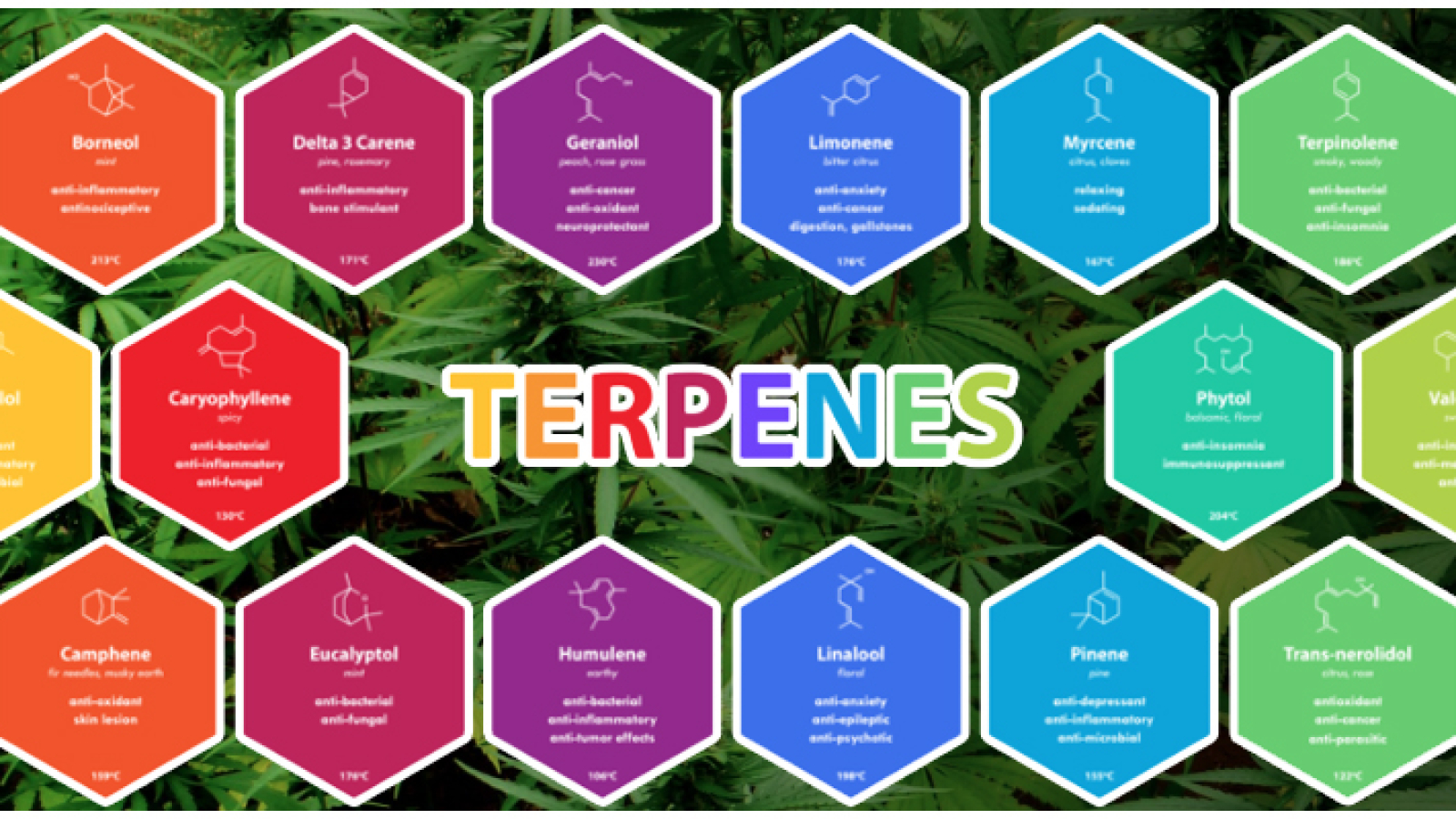
[…] entourage effect is a term used to describe the synergistic interaction of the different compounds found in the […]